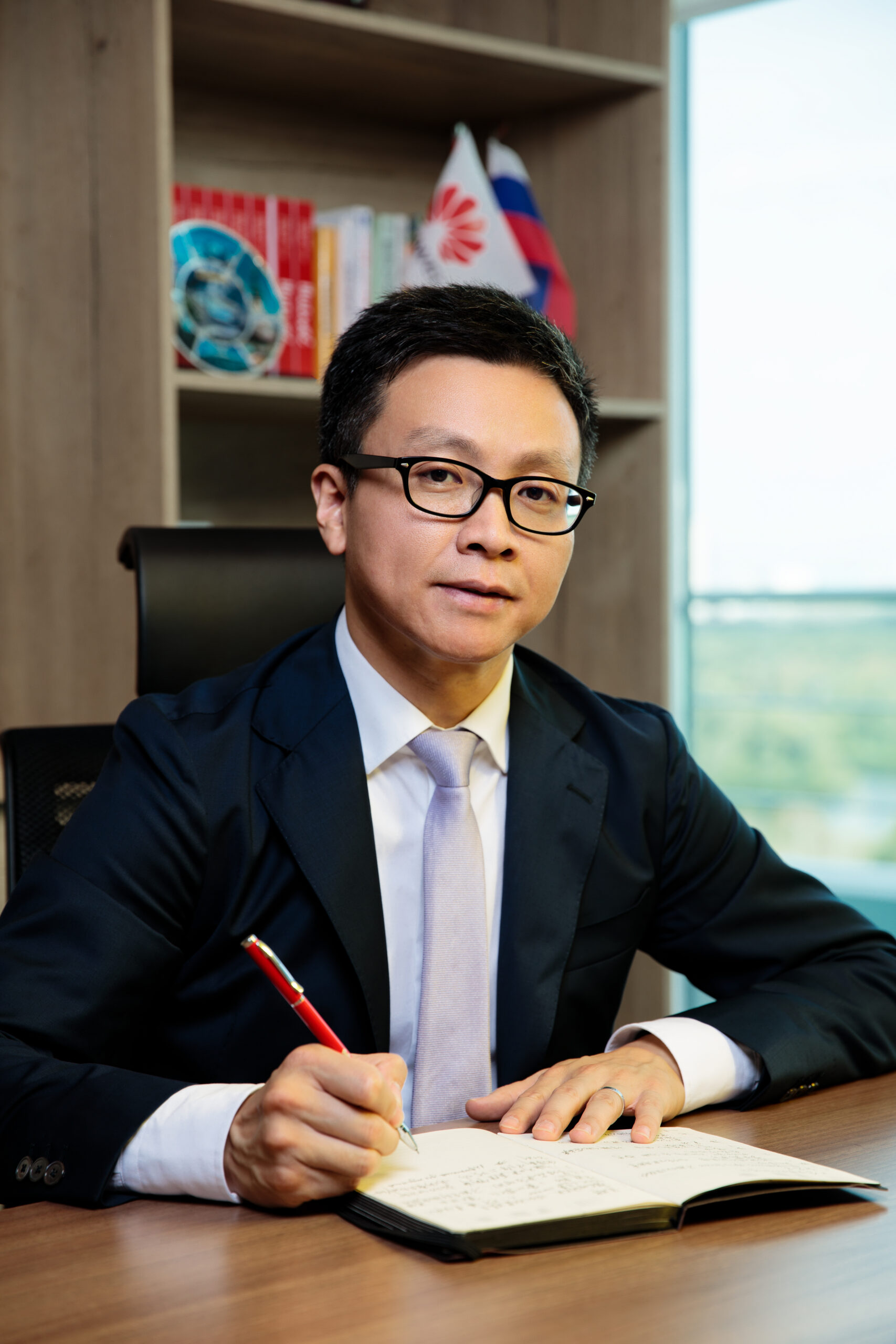The digital economy is outperforming all other sectors in terms of speed of growth, the dynamics of innovation, and the scope of influence. The International Telecommunication Union has advocated for using ICT to achieve the United Nations Sustainable Development Goals. ICT has become the main driver of sustainable socioeconomic development. So far, more than 170 countries and regions have presently published digital strategies. Research findings show that a 20% increase in ICT investment can grow a country’s GDP by 1%. The global digital economy has grown 2.5 times faster than global GDP, and return on investment in ICT has been 6.7 times that of non-ICT investments on average. All of this proves that the digital revolution is strengthening economies and driving development. An example is financial inclusion: 144 operators specialized in mobile money operators are currently operating on the continent, with over 500 million users and a volume of $456 billion dollars in transactions by 2020.
We are glad to see that 40% of the African population have been currently connected to the Internet while only 10% of people were connected in 2010. And digital coverage of Africa is still being expanded with the help of African governments in order to accelerate their country’s ability to participate in the ongoing digital revolution.
- Kidnapping: 8 regain freedom in Ekiti after ransom payment
- Beyoncé: I had up to 50 songs before I became a teenager
Everyone’s being connected is what we have been pursuing while providing connectivity to all Africans requires improvements to the continent’s rural network through strong, targeted policies, as well as boosting investment in existing digital infrastructure from both private capital and governments. Moreover, authorities also can provide a sufficient spectrum, grant licenses that facilitate the flexible use of new and emerging technologies, allow operators to operate freely, and provide clear information about future spectrum expansions and auctions.
The sudden outbreak of COVID-19 made ICT remarkable. During national lockdowns, South Africa’s regulator ICASA innovatively issued temporary spectrum to telecommunications operators to ease the network congestion with demand for bandwidth surging. In Morocco, a joint press release from the Ministries of Education and Trade announced one week after school suspension came into effect, that three major telecom operators would offer free internet access to all online learning portals. All these best practices serve to demonstrate that Africa has great potential and capacity to embrace a world of full connectivity and towards holistic digitalization. Governments play a crucial role by implementing effective sector regulation, addressing potential market failures, and creating the conditions for an open, competitive broadband sector. Network sharing, a key lever for cost reduction, can be promoted through wholesale open access, which can lead to healthy competition and benefit end-users with cost-effective services.
Beyond these efforts, spectrum is an area which all would benefit from. The use of low band as 700MHz and 800MHz has been approved with significance for coverage improvement. The expansion, reorganization and reallocation of Sub 3G band are still essential for the capacity of mobile broadband in the long term. The C band could be the first choice for the initial deployment of 5G with its mature ecosystem. And 6GHz spectrum on IMT (International Mobile Telecommunications) would be key for the future evolution of beyond 5G. IMT technology on the 6 GHz band can ease the management of the spectrum. All these initiatives enhance networks and aid the ongoing deployment of 5G technology, which is more necessary than ever: although the world is entering a new era founded on digital connectivity, there are still 3.2 billion people who remain offline, out of which more than 1 billion do not even have access to broadband-capable networks.
Why are we stressing the importance of connectivity? Because Huawei envisions a digitally inclusive society, where the opportunities offered by digital technology are accessible to all, including those who do not have regular and sustainable access to the Internet. Rational and efficient allocation of spectrum and facilitation of access is an effective way to achieve digital inclusion for all. Thus, digital inclusivity is not simply a buzzword: it refers to the activities necessary to ensure that all individuals and communities, including the most disadvantaged, have access to affordable, robust broadband internet service, internet-enabled devices that meet the needs of the user, access to digital literacy training, quality technical support and applications and online content designed to enable and encourage self-sufficiency participation and collaboration.
As a close partner of African people, Huawei believes that no one should be left behind in the digital world, so we are committed to making long-term, non-profit investments centered on the vision of digital inclusion, such as TECH4ALL initiatives. One of the efforts is the “Learn On” action initiated after Covid-19 last year, which is a project to ensure the continuity of education. With the idea of “Learning Never Stops”, a multimedia-based learning experience was provided to countries like Senegal where the schools were shut down because of the pandemic. And in Senegal alone, over 200 teachers were trained and 15,000 students benefited from the project. Huawei is cooperating with over 600 universities in more than 20 African countries to enable students with advanced ICT knowledge and skills through Huawei ICT Academy, which helps them stand out in the competitive job market. Huawei also provides telecom operators with innovative, secure and reliable network products and solutions. We are committed to accelerating the development of the digital economy in African countries by strengthening the infrastructure in each of these spaces, and helping bridge the digital divide in remote areas.
HOU Tao, Global Vice President of Huawei

 Join Daily Trust WhatsApp Community For Quick Access To News and Happenings Around You.
Join Daily Trust WhatsApp Community For Quick Access To News and Happenings Around You.


